The History Of The Fender Stratocaster. What Lies Ahead For This Iconic Brand?
Introduction: In the ever-evolving realm of electric guitars, the Fender Stratocaster has stood as an iconic presence since its debut in 1954. However, as guitar legends from the past become fewer in number, and a new generation of players seeks alternatives, Fender faces the formidable task of proving its ongoing relevance in a modern musical landscape bursting with diverse choices.
Dawn of Diversity: The birth of the Fender Stratocaster marked a revolutionary moment, but times have changed. Today, an array of alternative guitar brands competes for the attention of players looking to forge their unique musical identities. The once-unchallenged reign of Fender as the go-to brand is now met with the rise of innovative competitors catering to the varied preferences of contemporary musicians.
Challenges of a New Era: As the guitar gods of yesteryear become fewer and less influential on the newer generation, Fender faces the challenge of maintaining its relevance. The shifting landscape sees younger players experimenting with different brands, seeking instruments that resonate with their evolving tastes and playing styles.
Innovation and Connection: For Fender, remaining a central figure in the hearts of modern players involves a delicate balance between honoring the Stratocaster's rich legacy and embracing innovation. The company must not only acknowledge the changing preferences of emerging musicians but also connect with them on a level that goes beyond nostalgia.
The Appeal of Diversity: While Fender has long been synonymous with musical legends, the appeal of alternative brands lies in their fresh approaches and distinctive features. Younger players are drawn to instruments that break away from tradition, offering new sounds, designs, and technologies that cater to the eclectic tastes of the contemporary music scene.
Meeting the Challenge: Fender's response to this challenge lies in its ability to evolve without compromising the essence of what makes the Stratocaster iconic. Embracing new materials, innovative designs, and collaborating with emerging artists can help Fender bridge the gap between tradition and modernity. The company must showcase a commitment to staying at the forefront of guitar technology and design, proving that the Stratocaster is not just a relic of the past but a beacon for the future.
Connecting with the New Generation: To remain relevant, Fender must engage with the new generation of players through social media, educational initiatives, and collaborations with emerging artists. Demonstrating the versatility of the Stratocaster across various genres and musical expressions will help the brand connect with the diverse tastes of the modern audience.
Conclusion: In a world where the Fender Stratocaster is no longer the sole protagonist, the brand faces a critical juncture in proving its ongoing relevance. As the influence of guitar legends wanes and new players explore alternative brands, Fender must adapt, innovate, and connect with the changing musical landscape. The story of the Stratocaster is far from over; it is an ongoing narrative that Fender must actively shape to resonate with the diverse voices of today's musicians. Only by embracing change and engaging with the evolving preferences of a new generation can Fender continue to be a driving force in the ever-shifting symphony of contemporary music.








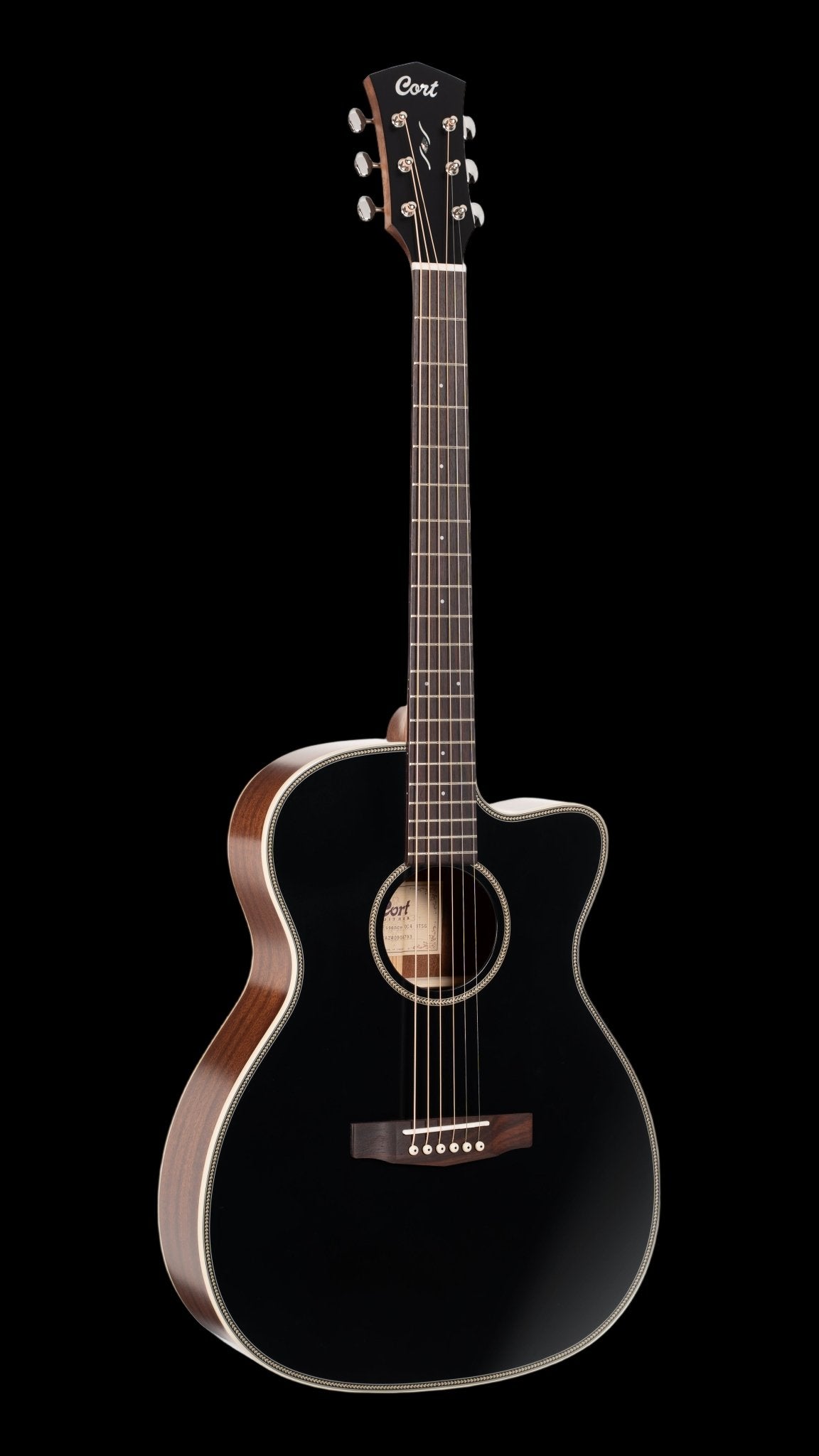
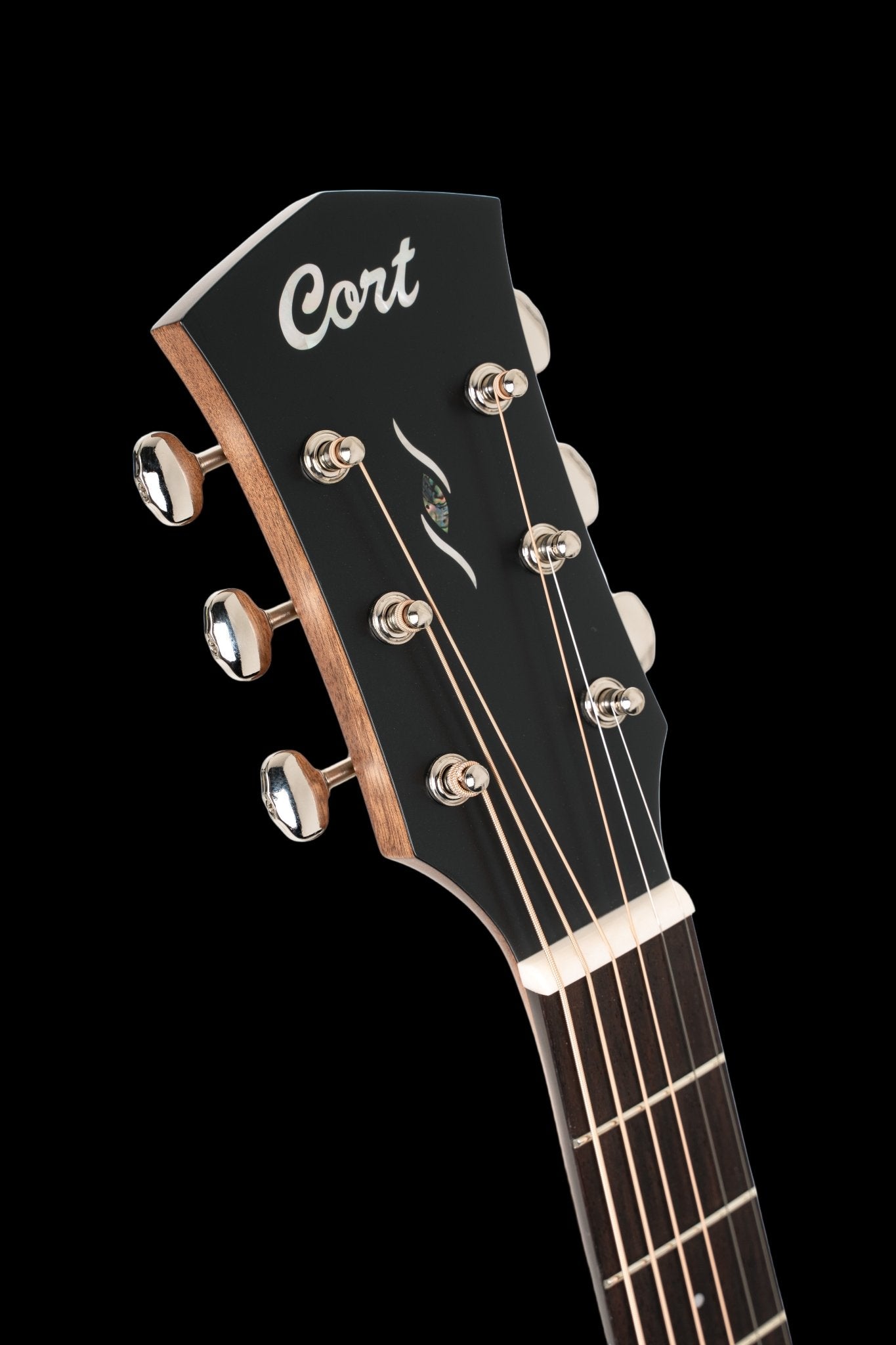
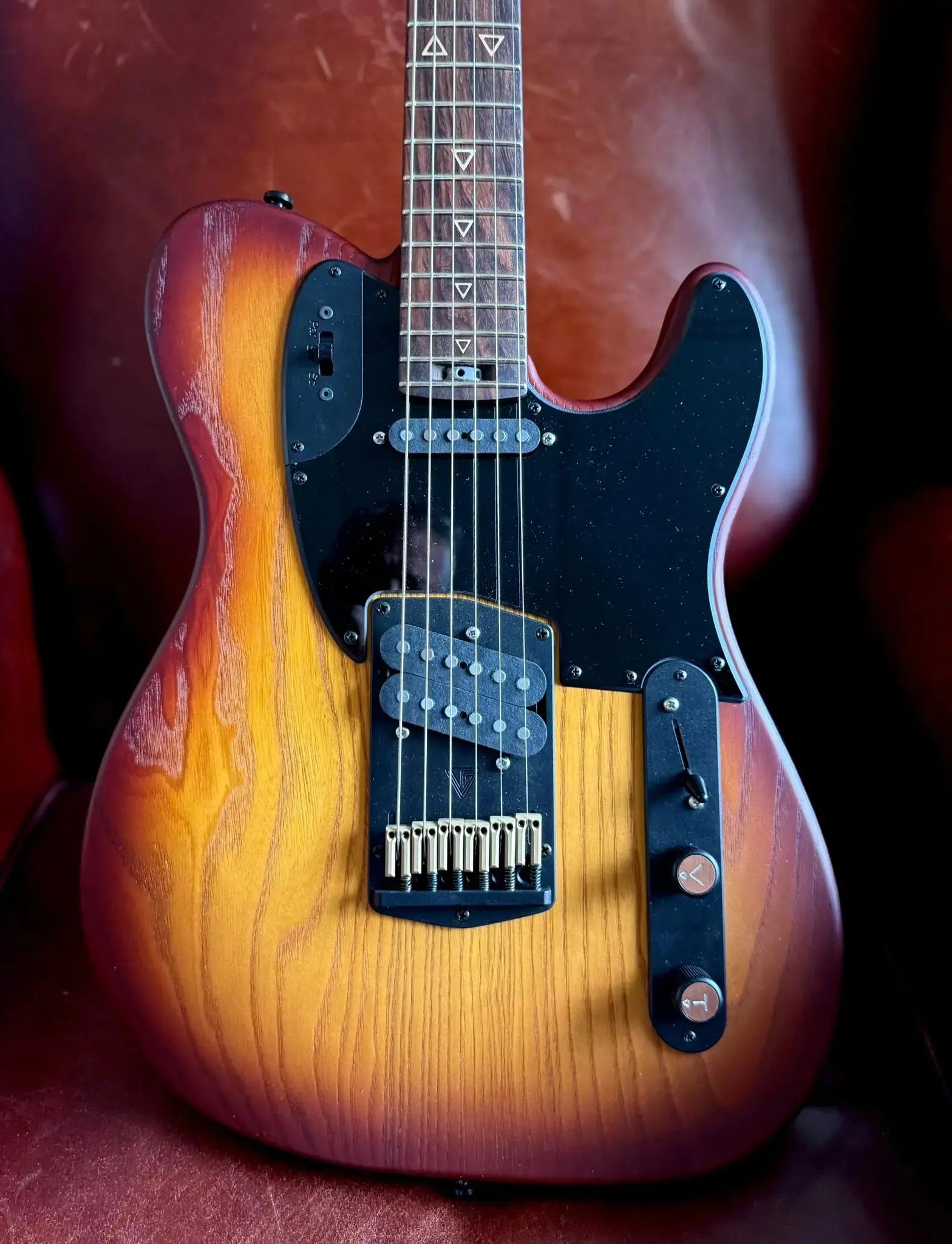
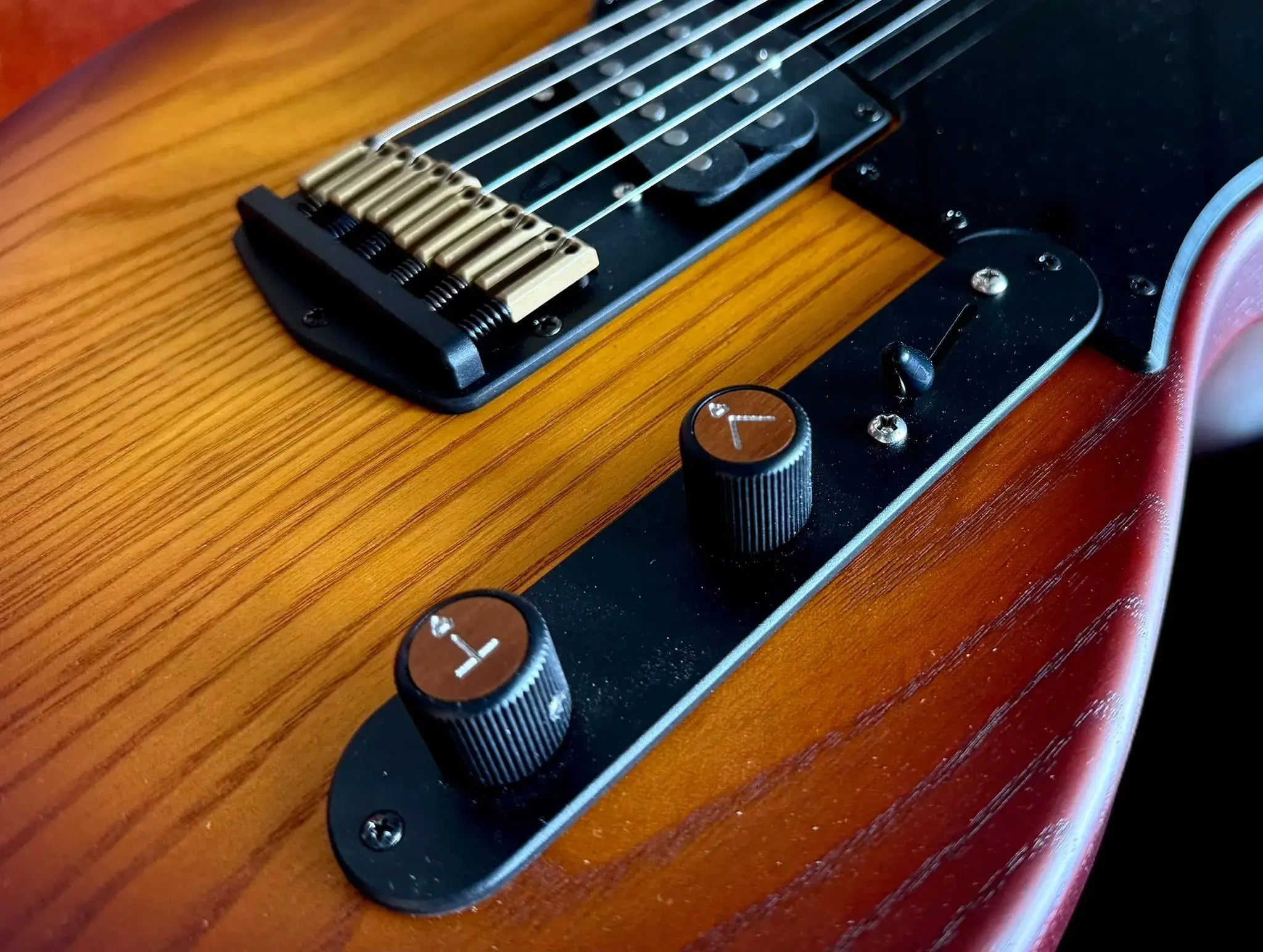










![Gordon Smith GS2 Deluxe Export 2019 [used] A1 Condition - Richards Guitars Of Stratford Upon Avon](http://rguitars.co.uk/cdn/shop/files/gordon-smith-gs2-deluxe-export-2019-used-a1-condition-4323398.jpg?v=1766153718&width=1072)
![Gordon Smith GS2 Deluxe Export 2019 [used] A1 Condition - Richards Guitars Of Stratford Upon Avon](http://rguitars.co.uk/cdn/shop/files/gordon-smith-gs2-deluxe-export-2019-used-a1-condition-9502671.jpg?v=1766153718&width=899)
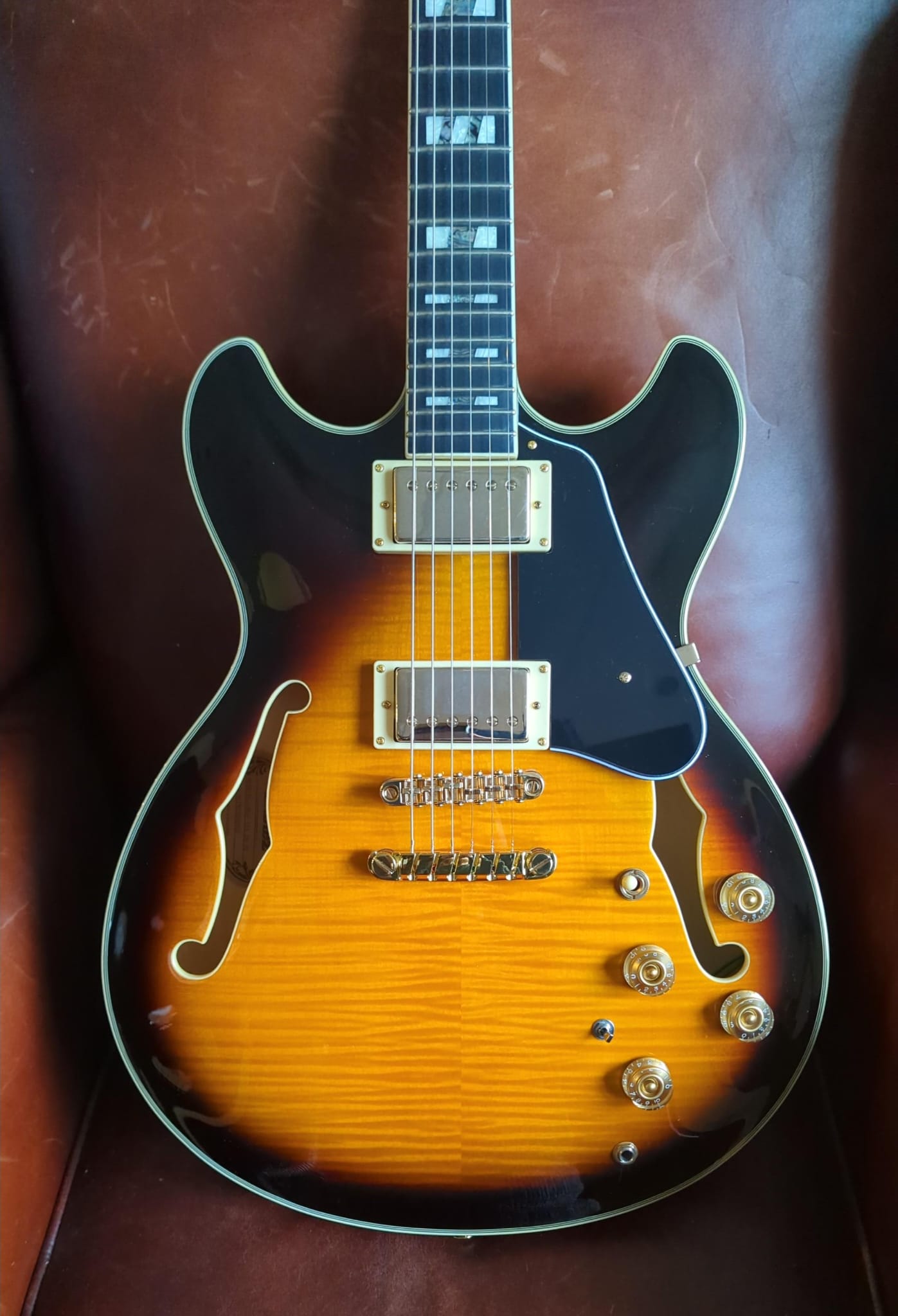

![G&L USA Made ASAT - late 80s/early 90s [Used] - Richards Guitars Of Stratford Upon Avon](http://rguitars.co.uk/cdn/shop/files/gl-usa-made-asat-late-80searly-90s-used-1091932.jpg?v=1761670676&width=1378)
![G&L USA Made ASAT - late 80s/early 90s [Used] - Richards Guitars Of Stratford Upon Avon](http://rguitars.co.uk/cdn/shop/files/gl-usa-made-asat-late-80searly-90s-used-7964817.jpg?v=1761670677&width=1828)
![Eastman AC630 - SB [Used] - Richards Guitars Of Stratford Upon Avon](http://rguitars.co.uk/cdn/shop/files/eastman-ac630-sb-used-5743157.jpg?v=1760421581&width=1080)
![Eastman AC630 - SB [Used] - Richards Guitars Of Stratford Upon Avon](http://rguitars.co.uk/cdn/shop/files/eastman-ac630-sb-used-2967411.jpg?v=1760421593&width=1569)
![Fender American Standard Telecaster 2012 - Natural [Used] guitar for sale uk](http://rguitars.co.uk/cdn/shop/files/fender-american-standard-telecaster-2012-natural-used-4379607.jpg?v=1760421498&width=1614)
![Fender American Standard Telecaster 2012 - Natural [Used] guitar for sale uk](http://rguitars.co.uk/cdn/shop/files/fender-american-standard-telecaster-2012-natural-used-1429240.jpg?v=1760421497&width=1512)
![Fender American Professional II Jazzmaster - Dark Night [Used] guitar for sale uk](http://rguitars.co.uk/cdn/shop/files/fender-american-professional-ii-jazzmaster-dark-night-used-6840250.jpg?v=1760421430&width=1602)
![Fender American Professional II Jazzmaster - Dark Night [Used] guitar for sale uk](http://rguitars.co.uk/cdn/shop/files/fender-american-professional-ii-jazzmaster-dark-night-used-4375294.jpg?v=1760421432&width=1476)
![Guild Brian May "Red Special" Limited Edition - early 90s - One of 1000 [Used] guitar for sale uk](http://rguitars.co.uk/cdn/shop/files/guild-brian-may-red-special-limited-edition-early-90s-one-of-1000-used-6139630.jpg?v=1760421357&width=1492)
![Guild Brian May "Red Special" Limited Edition - early 90s - One of 1000 [Used] guitar for sale uk](http://rguitars.co.uk/cdn/shop/files/guild-brian-may-red-special-limited-edition-early-90s-one-of-1000-used-9797150.jpg?v=1760421365&width=1644)
















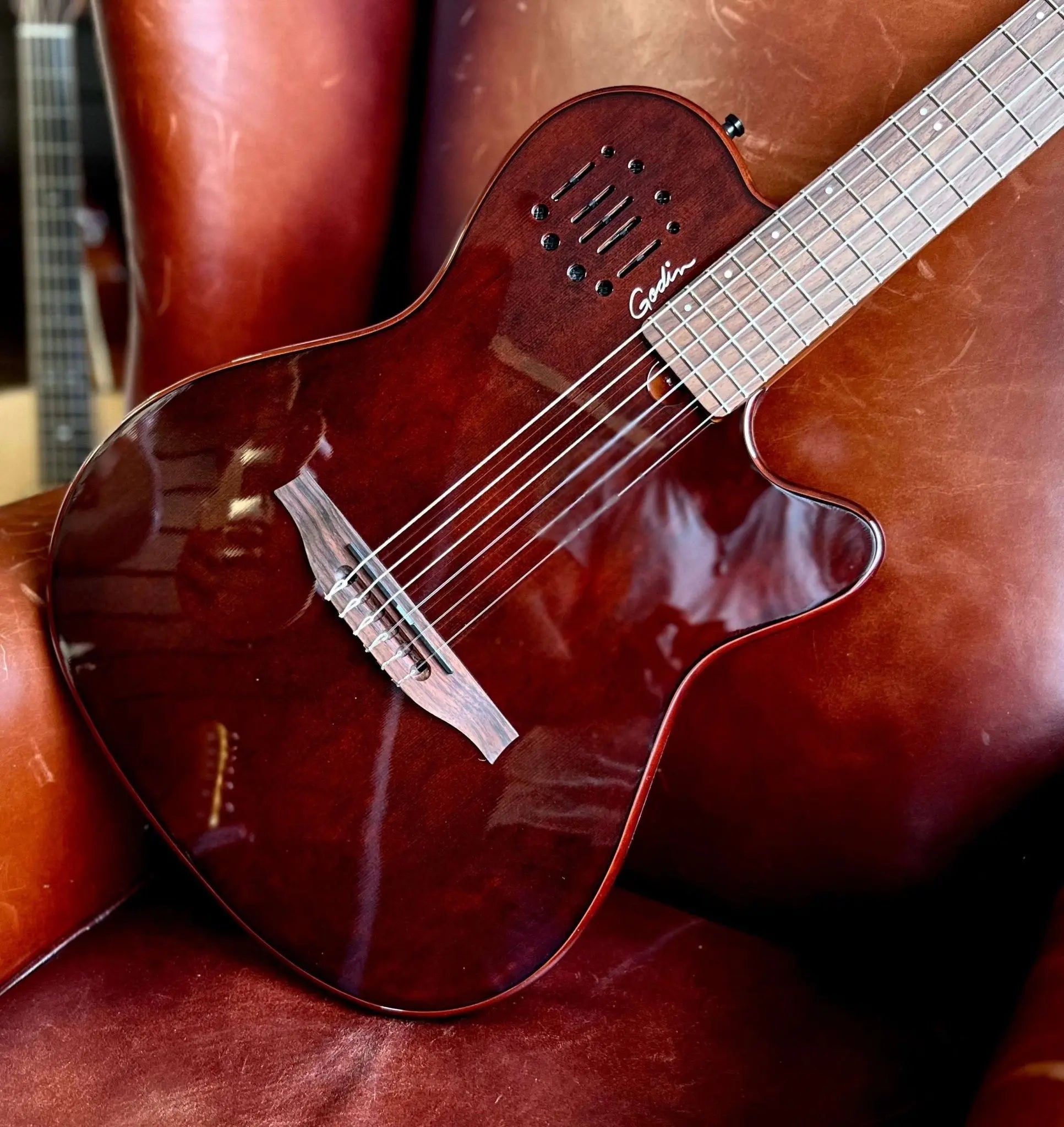








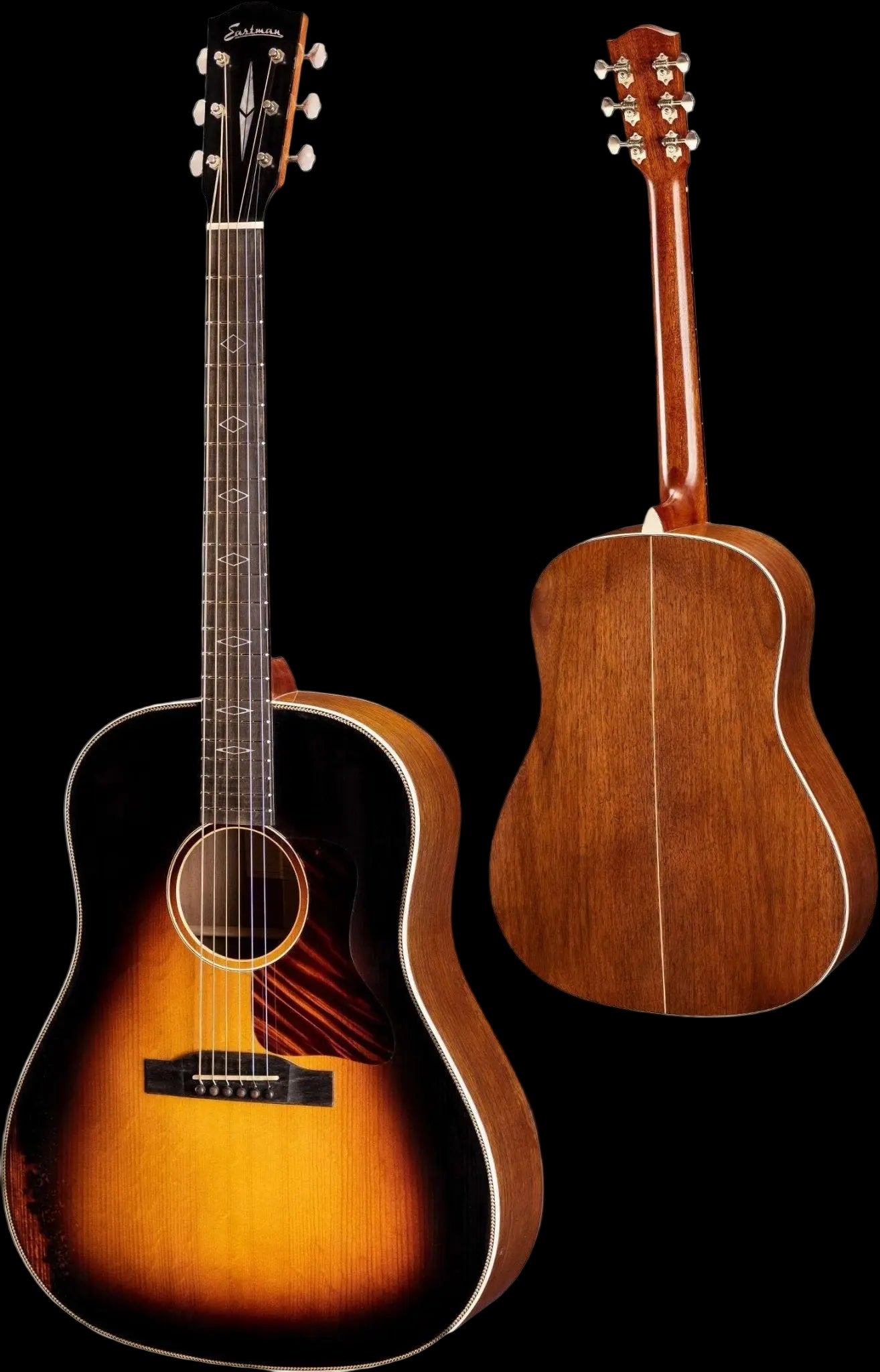

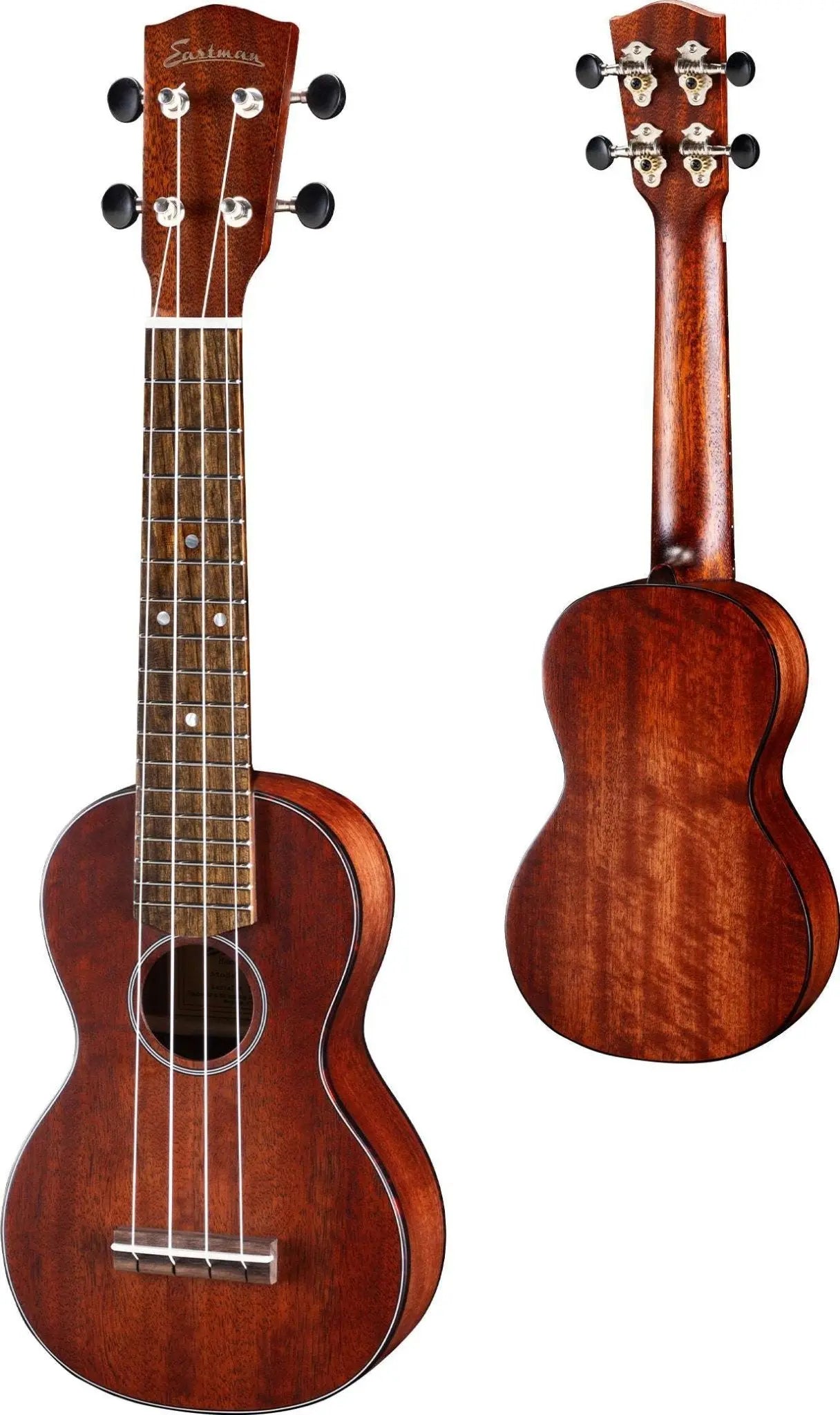
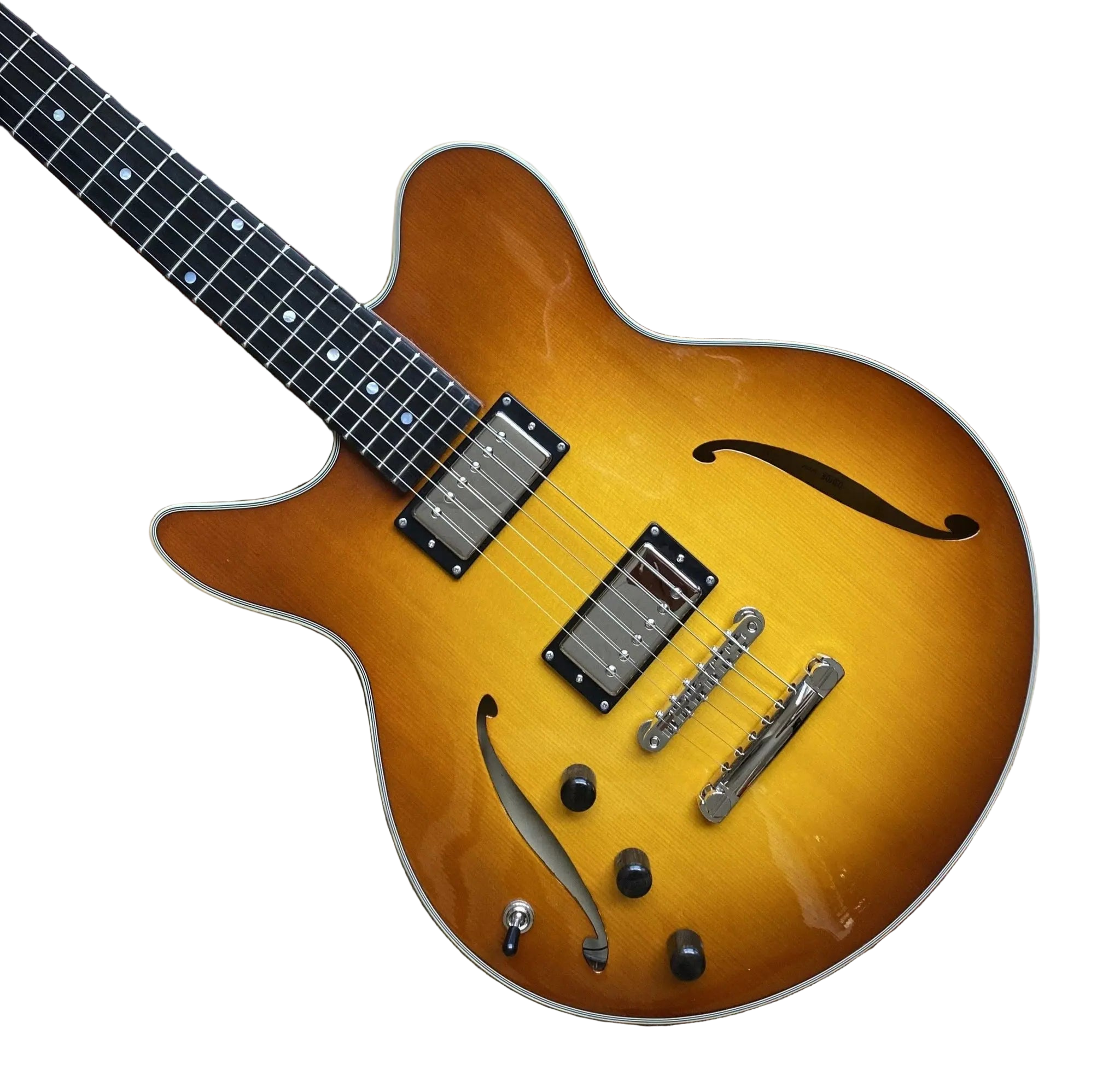
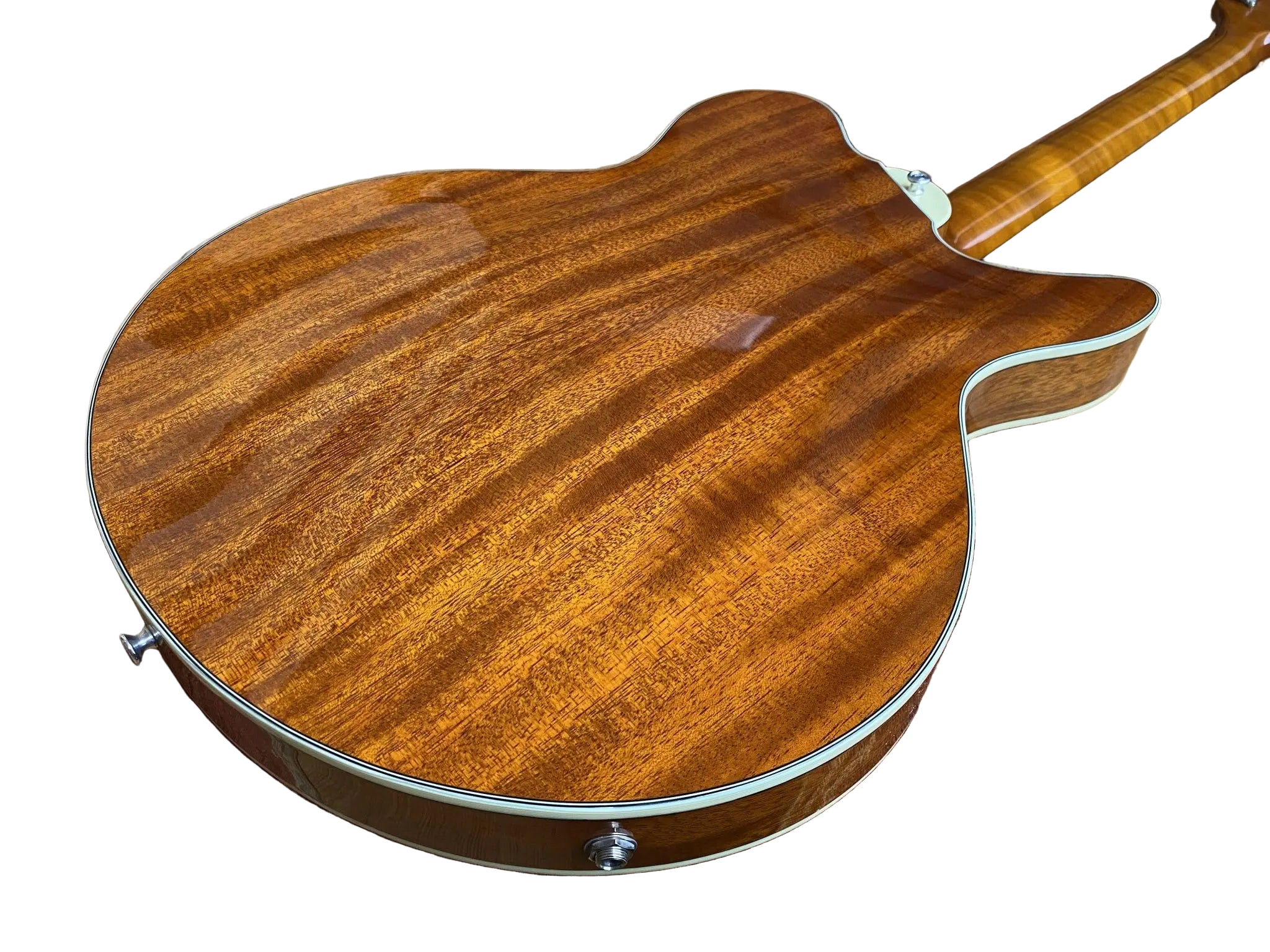
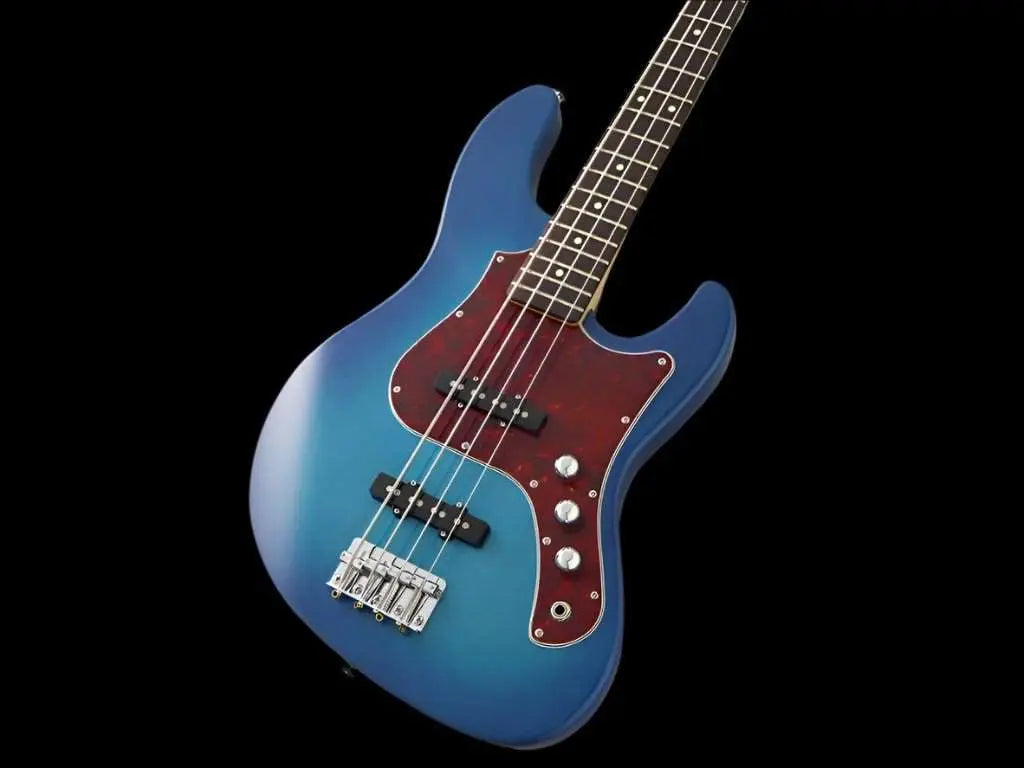














Leave a comment
This site is protected by hCaptcha and the hCaptcha Privacy Policy and Terms of Service apply.